These Ameraucanas originate from two different lines in Ontario and one from southern Alberta. I am not interested in showing chickens, but I do prefer true breeds to start with, then I mix them up. The best breed so far are the Chantacaunas, or Chantecler and Ameraucana crosses. The birds are larger than Ameraucanas, better setters and brooder and better foragers than the Chanteclers, plus are very winter hardy.
The cream legbar is a sort of leghorn chicken and the males and females look different at hatching, so they can be sexed right from the start. Unfortunately, I have 7 roosters and only 5 hens then. The chickens lay blue eggs very similar to the Ameraucana in colour, but they are better layers. So to increase the number of eggs per year and hopefully through winter I thought I would bring this breed into the flock. For my set up, which is an insulated coop without additional heat or light in the winter, the birds need to be hardy. They are fed and watered outside, not matter the weather and they do have a larger hoop shelter, which I call the day spa, to hang out in. It has a south facing low window where the chickens congregate to absorb some vitamin d and the warmth of the sun.
In the fall I plan to sell, if I can, a bunch of chickens. These new additions should be grown up by then and I can decide which ones to keep and which ones to sell. The problem is that people do not want to bother with winter chickens around here, so fall sales are pretty much non existent. I would hate to butcher them, especially since they already cost a pretty penny for these pure lines, so may have to wait until spring. But the cost of organic grain is currently 40 cents a pound and feeding chickens that I plan to sell may mean they won't even bring enough money to pay for their winter keep.
Tonight the babies are in the porch in a rather small container with a heat lamp for observation. I ran the regular feed of wheat, peas, flax and barley through the grinder and they are gobbling it up. Tomorrow they will go into the large old livestock trough outside with a second heat lamp. There is an old door covering the trough and they can see the sun. In warm weather I remove the door and put a wire over the trough to prevent cats and other birds (ravens, owls) from taking the babies. Then they can feel the wind on their faces and the sun on their backs, and when they feel cold, run under the heat lamp to warm up, just as they would with their mammas.
I have observed the mother hens with their newly hatched chicks often. They are not in a building. The chicks run after the mothers, over straw and hay, through mud and on uneven ground. The wind blows their little downy feathers and the sunshine and rain falls on their backs. I do not agree with brooding chicks in buildings where there is no sunshine. Vitamin D is necessary for birds as it is for humans. Coddled birds that do not get fresh air, get respiratory problems. Outdoor chicks raised with their mothers seldom get anything. So my set up mimics natural chick rearing as much as possible. When they are big enough to go into a hoop coop, they will grow up there, protected from the owls and ravens, but still very much outside. They get fresh green grass picked twice daily and their organic feed too.
So, welcome the newest little ones to the farm please if you will. And stay tuned to watch them grow with posts from time to time. Thanks for being with us.

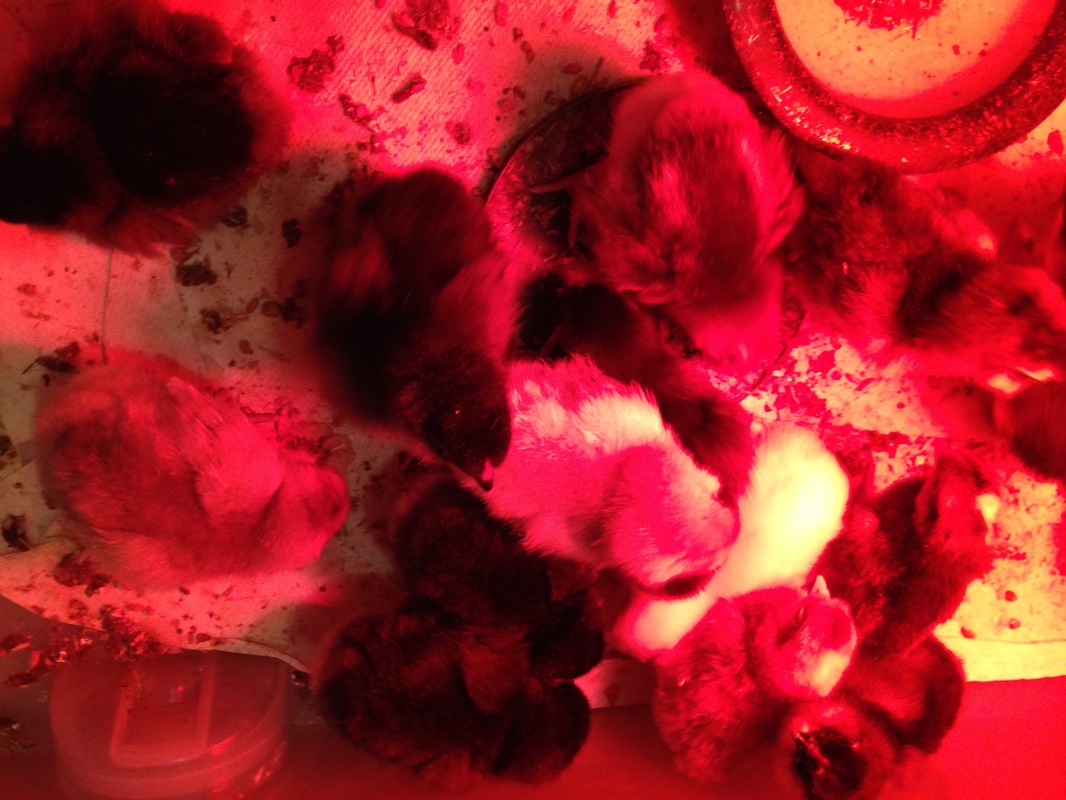
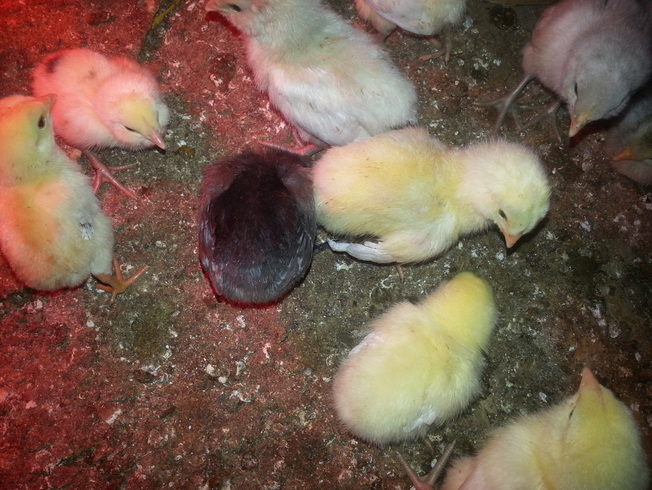
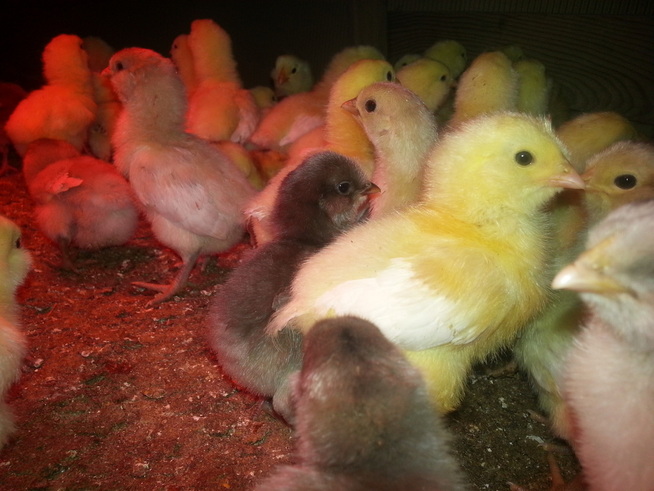
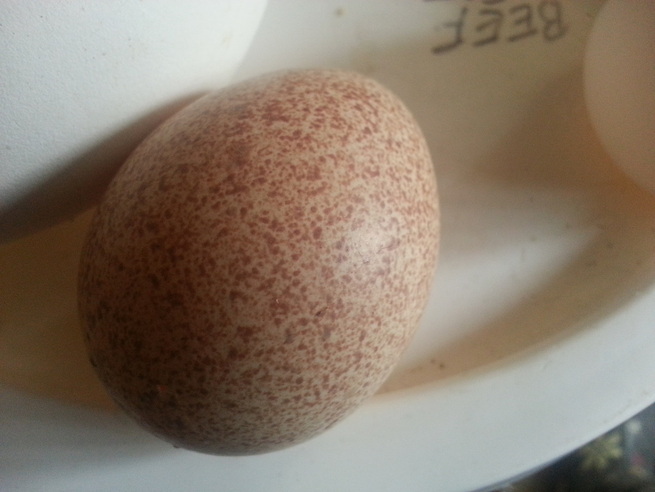
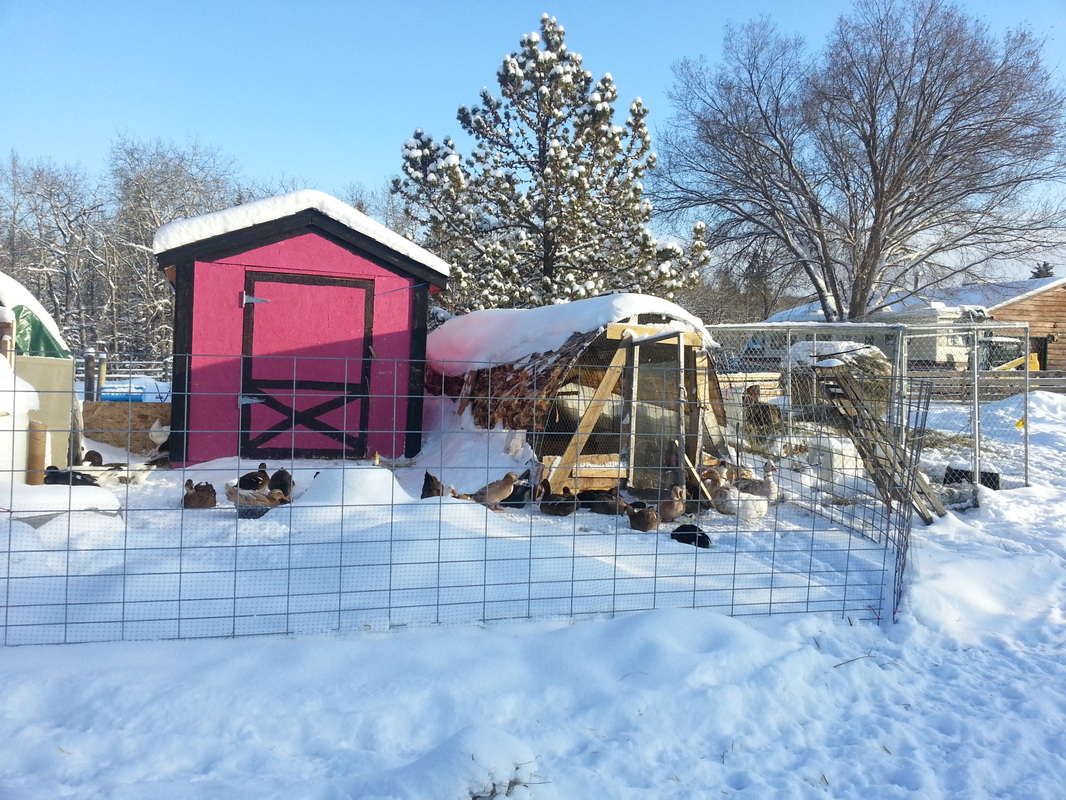
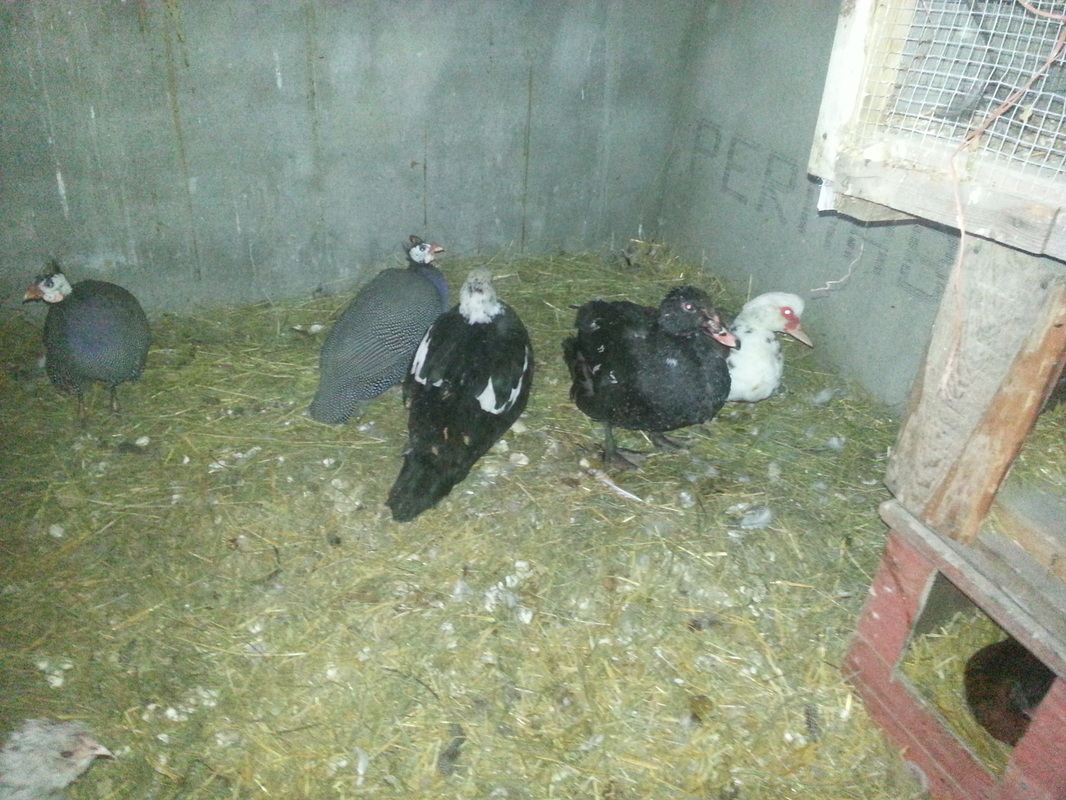
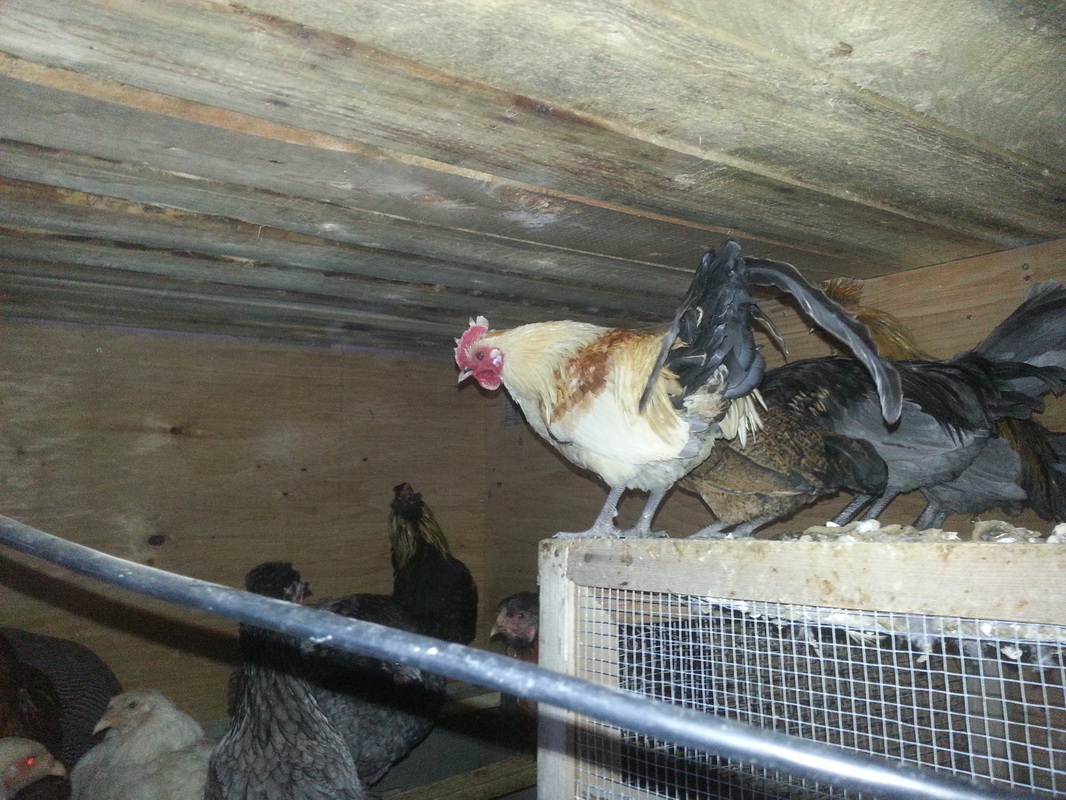
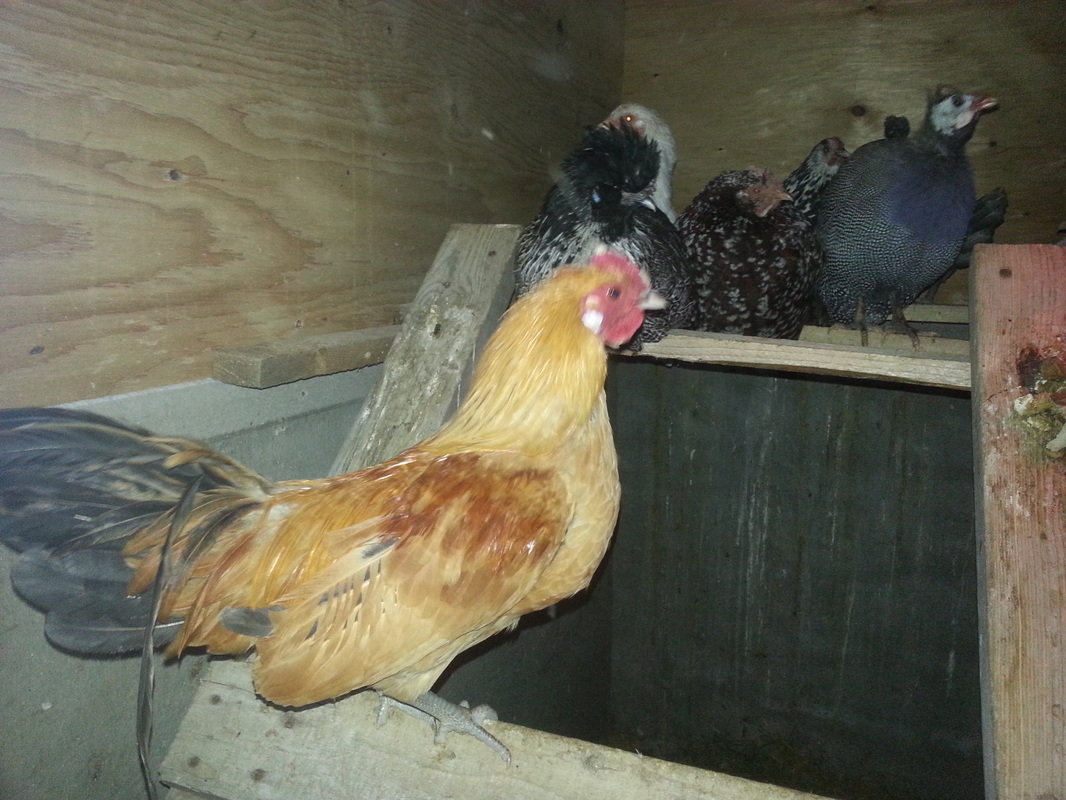
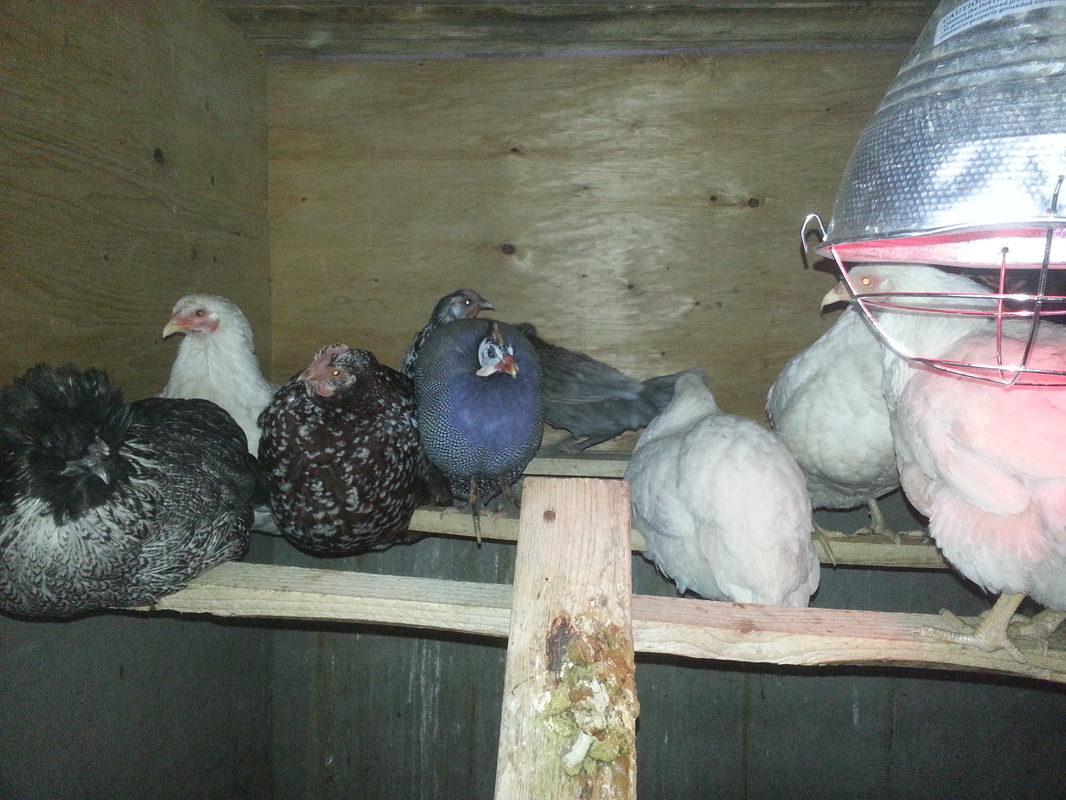
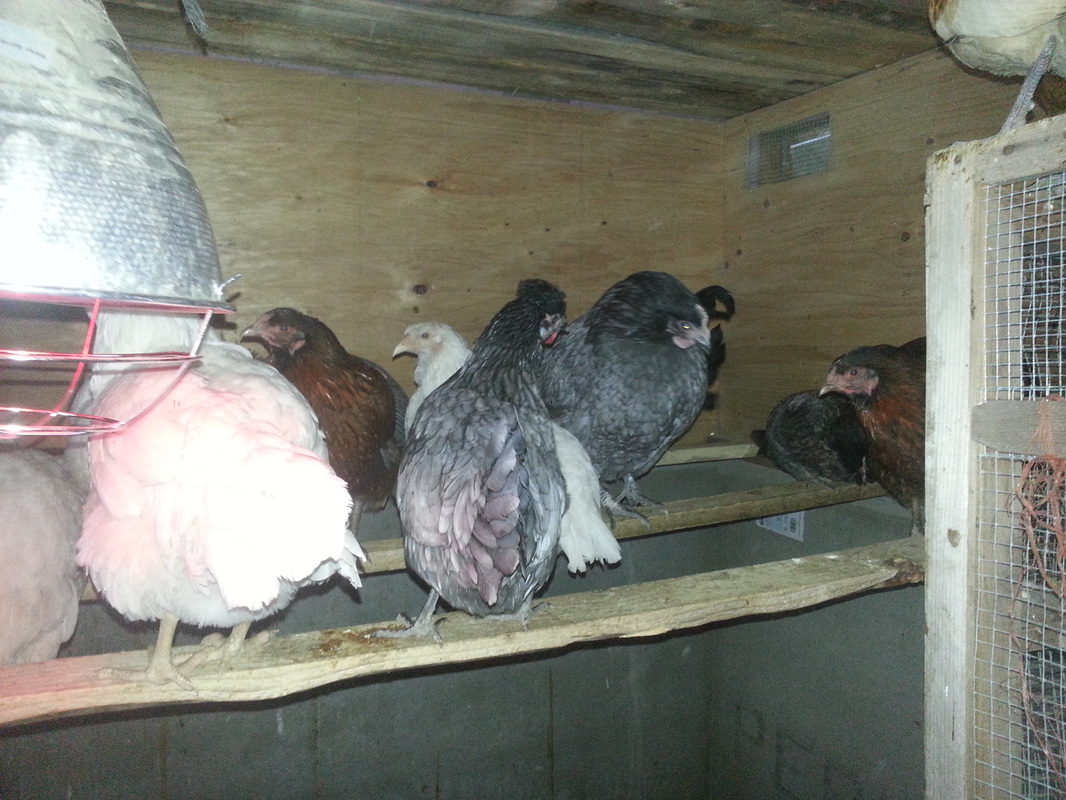
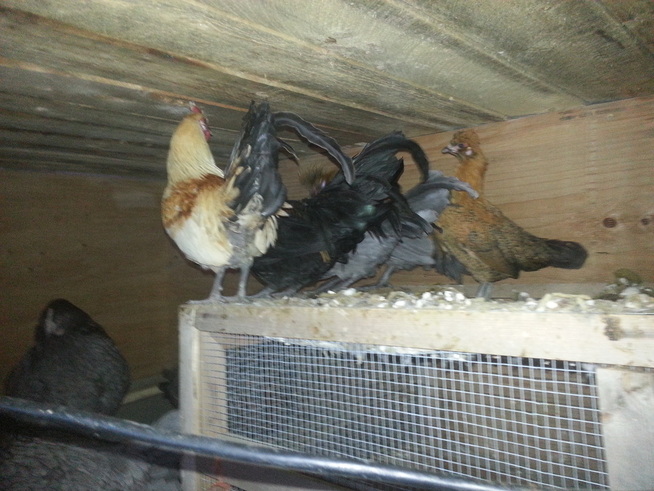
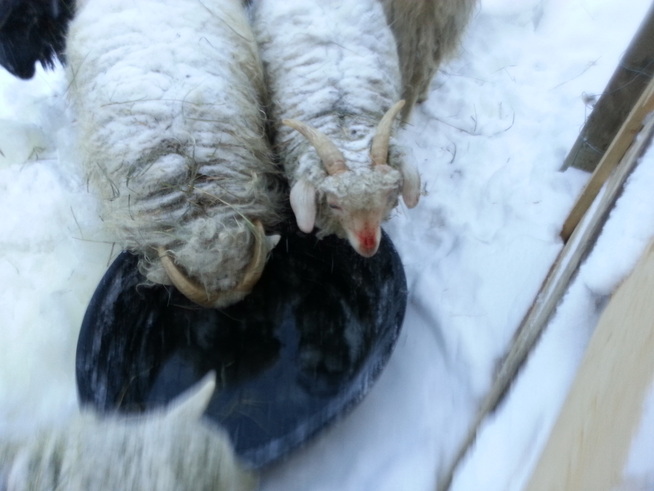
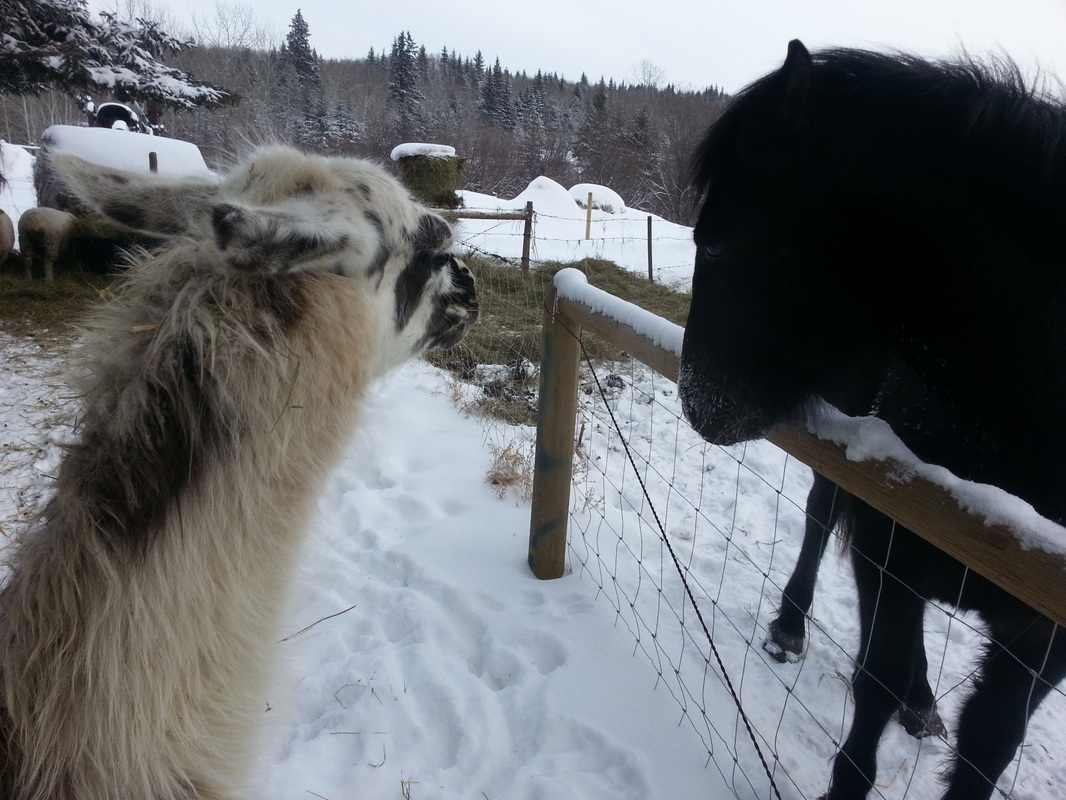
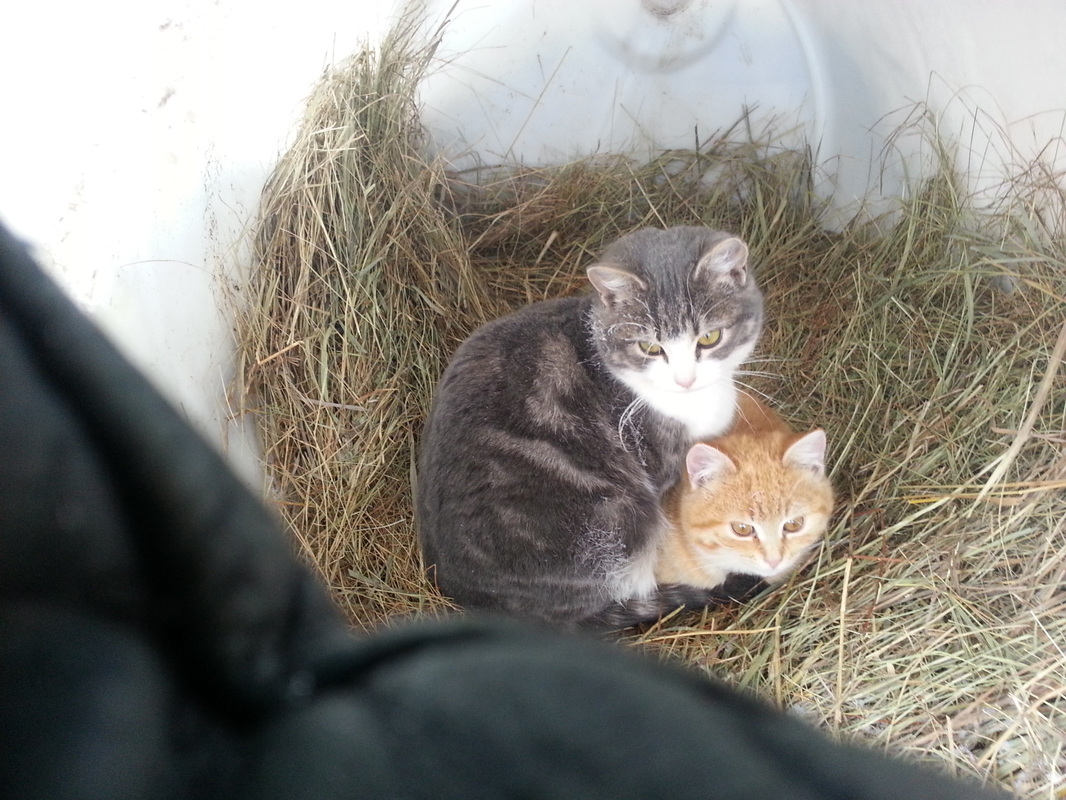
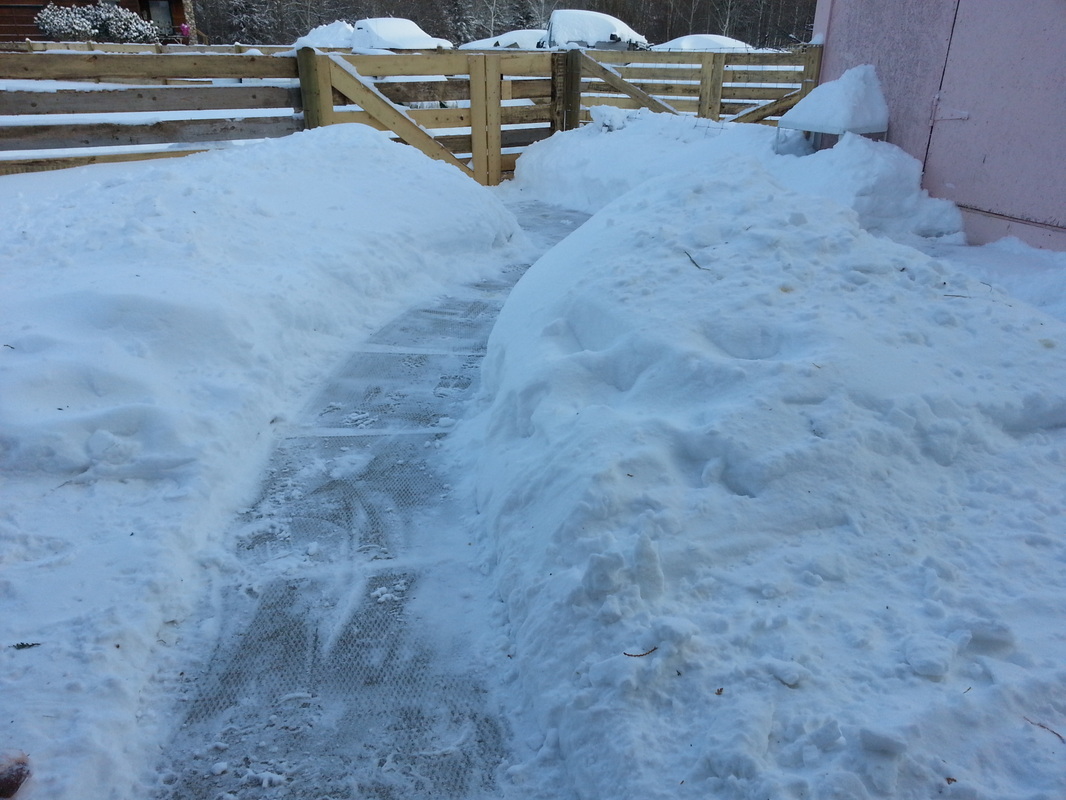
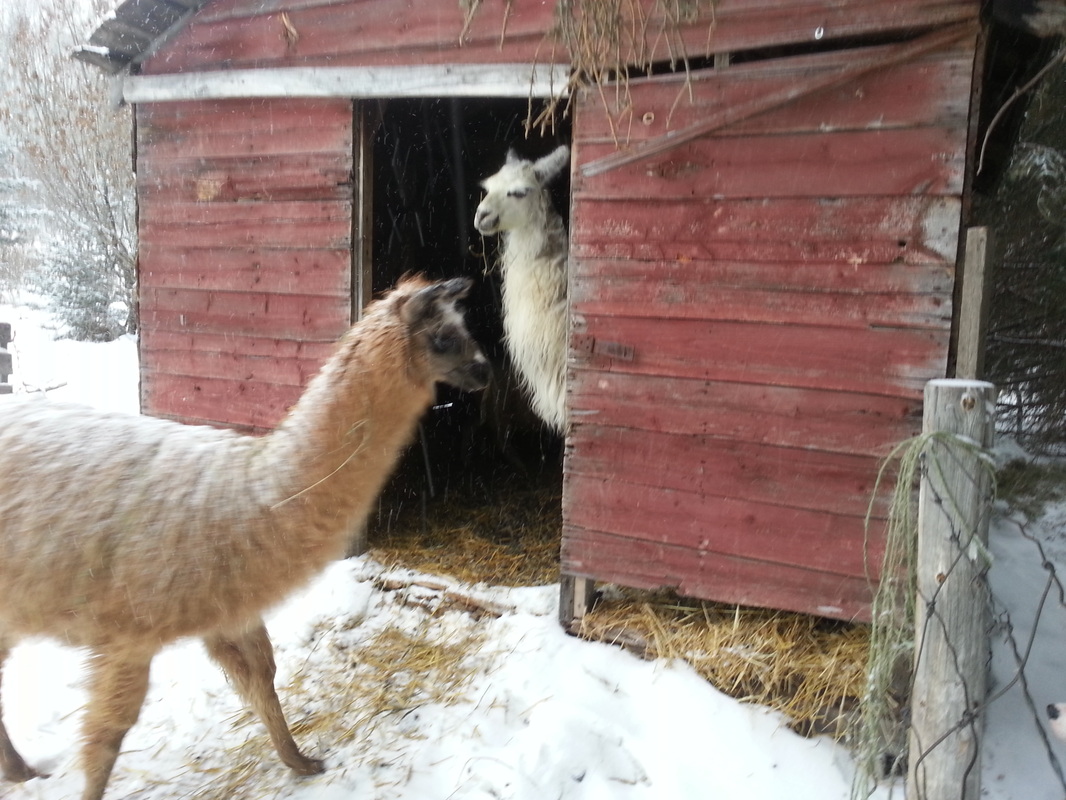
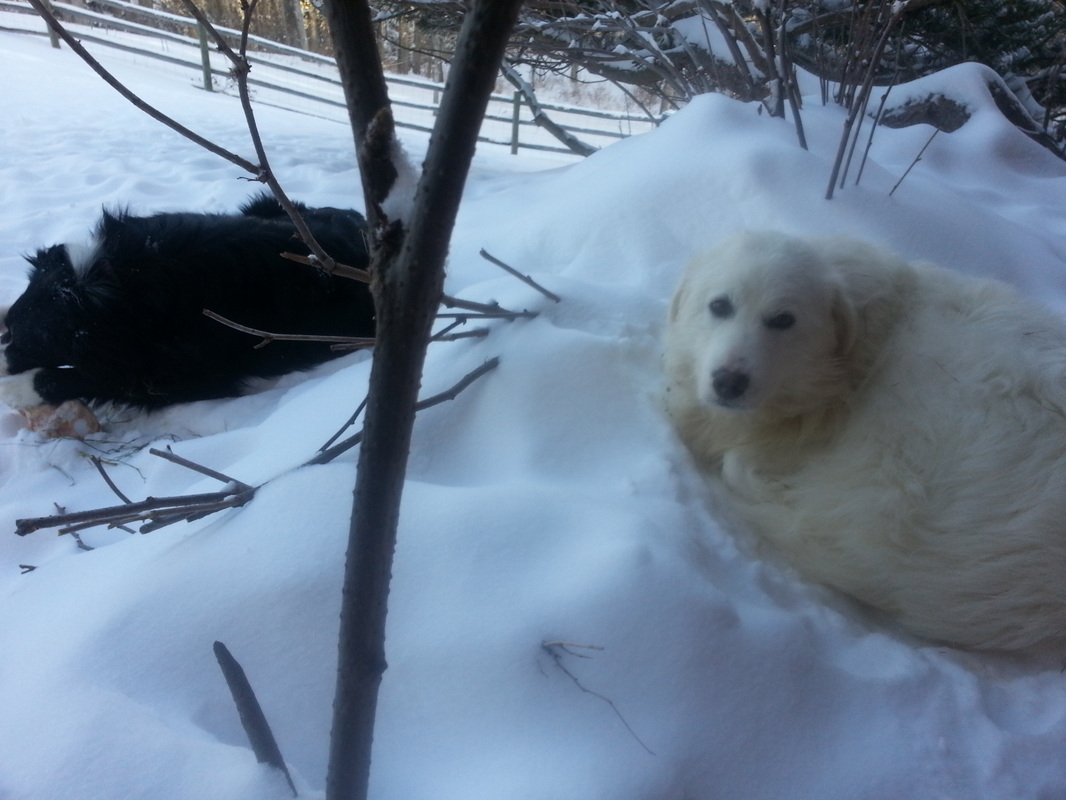
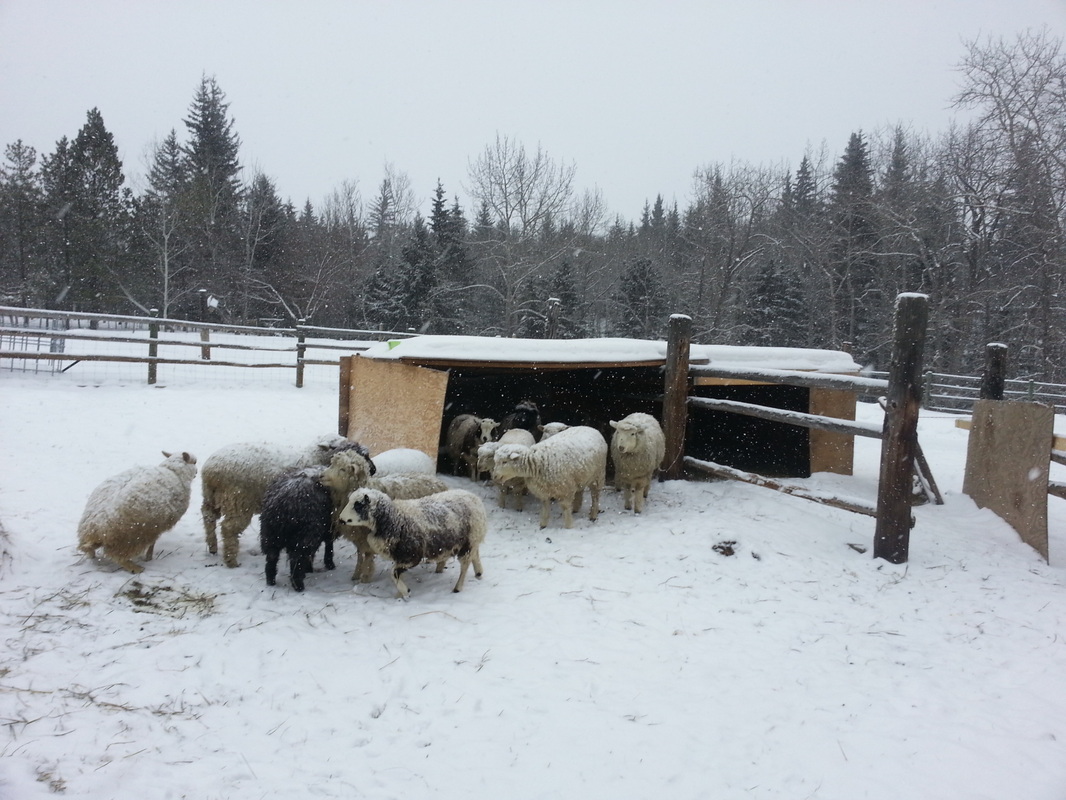
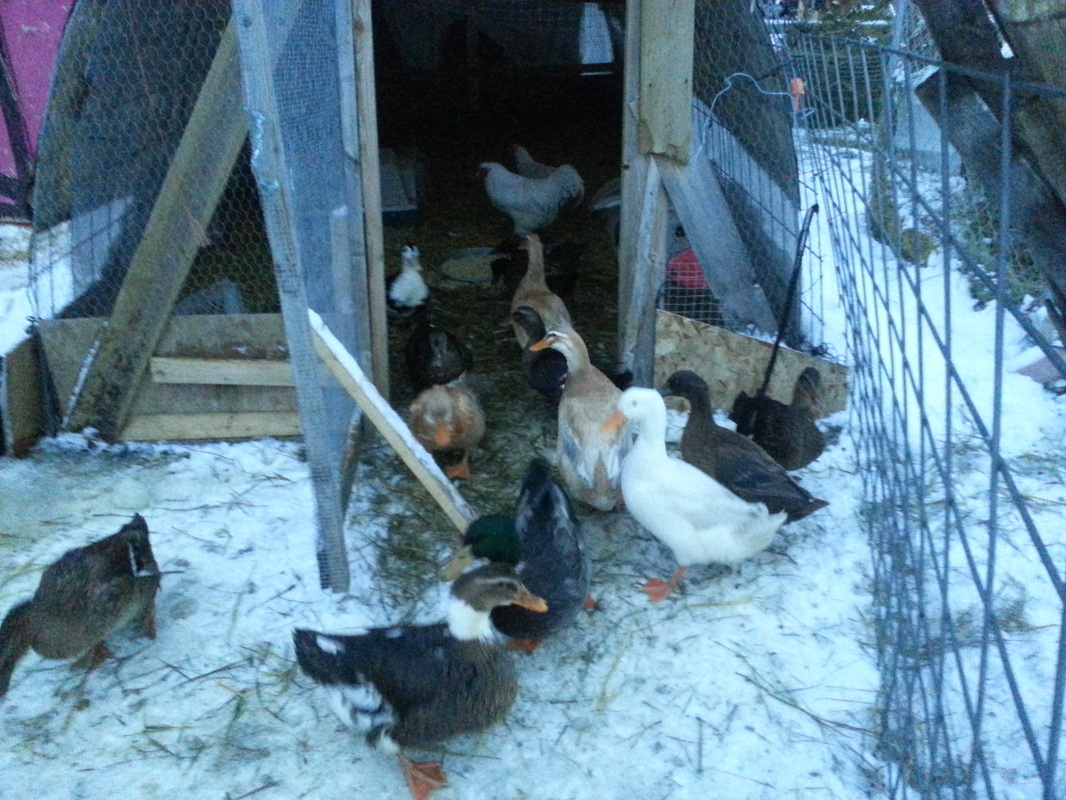
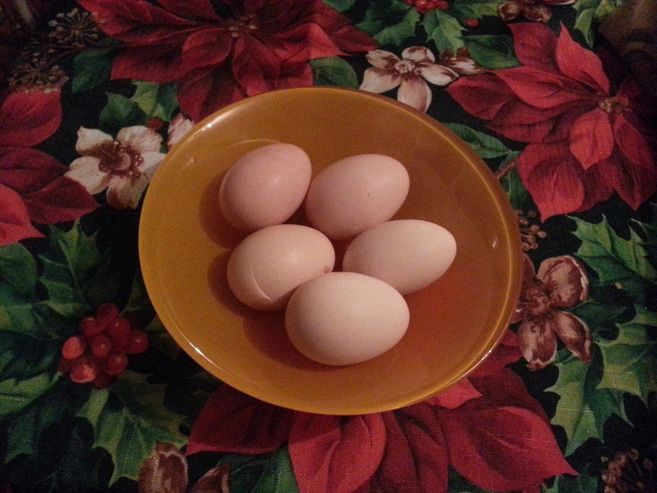
 RSS Feed
RSS Feed